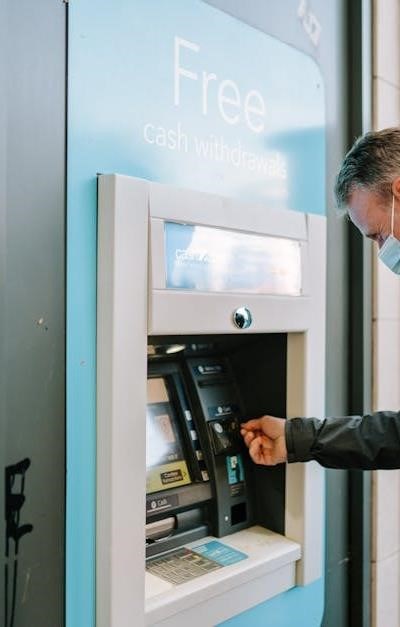
Understanding the Landscape of
Transaction Disputes
Dispute Resolution with Non-VBV
Credit Card Transactions
Dispute resolution for online
transactions involving credit cards
without Verified by Visa (VBV) or
similar verification protocols
presents unique challenges. The absence
of this added security layer often
increases the risk of fraud and
subsequent chargebacks. Card
not present environments are inherently
more vulnerable, demanding robust risk
management strategies.
When a cardholder initiates a
customer dispute on a non-VBV
transaction, the issuer typically
places the burden of proof more heavily
on the merchant. This is due to
the lack of positive authentication
confirming the cardholder’s
identity at the time of authorization.
Successfully navigating these transaction
disputes requires meticulous documentation
and a thorough understanding of network
rules set by card brands like
Visa, Mastercard, and American
Express. A strong merchant defense
is crucial to avoid financial losses and
protect your merchant account.
Chargebacks stemming from invalid
transactions, lost cards, or
stolen cards are common. However,
friendly fraud – where a customer
disputes a legitimate charge – also
presents a significant risk. Effective
payment processing and proactive
measures are essential to minimize chargeback
ratio and maintain compliance.
The Rise of Card Not Present Fraud & Customer Disputes
The Rise of Card Not Present Fraud &
Customer Disputes
Card not present fraud continues
to surge, fueled by the growth of e-commerce
and online transactions. Without
physical card verification, unauthorized
transactions are easier to execute,
leading to increased customer disputes
and chargebacks. The absence of
VBV or similar security measures elevates
risk management challenges for merchants.
Fraud schemes, including lost cards,
stolen cards, and sophisticated billing
errors, contribute significantly to
transaction disputes. Furthermore,
friendly fraud – illegitimate claims
disguised as genuine issues – is on the
rise, impacting merchant account health
and necessitating robust dispute resolution
strategies.
Key Players: Cardholder, Issuer, Merchant, and Networks
Key Players: Cardholder, Issuer,
Merchant, and Networks
In dispute resolution, the cardholder
initiates the claim, prompting the
issuer (the card-issuing bank) to
investigate. The merchant, responsible
for the original transaction, must
provide evidence to defend against
chargebacks. Payment processing
facilitates the interaction.
Card brands – Visa, Mastercard,
American Express – establish the network
rules governing the dispute process
and liability shift. These rules
dictate acceptable documentation and
rebuttal strategies. Understanding
each player’s role is vital for effective
merchant defense in non-VBV scenarios.
Common Causes: Billing Errors, Invalid Transactions, Fraudulent Activity (Lost/Stolen Cards, Unauthorized Transactions)
Common Causes: Billing Errors, Invalid
Transactions, Fraudulent Activity
(Lost/Stolen Cards, Unauthorized
Transactions)
Chargebacks on non-VBV cards often
stem from billing errors – incorrect
amounts or descriptions. Invalid
transactions, like those with mismatched
data, are frequent causes. Fraudulent
activity, including lost cards,
stolen cards, and unauthorized
transactions, are major concerns.
The lack of VBV authentication increases
the risk of friendly fraud, where
customers falsely claim non-receipt or
non-authorization; Risk management
must address these vulnerabilities. A
thorough investigation is crucial for
each customer dispute and dispute
resolution.
The Chargeback Process: A Step-by-Step Overview
The Chargeback Process: A
Step-by-Step Overview
Dispute Resolution with Non-VBV
Credit Card Transactions
The chargeback process begins with a
customer dispute filed with their issuer.
For non-VBV transactions, this often
triggers an immediate claim.
The issuer then initiates retrieval
requests for transaction details –
documentation like authorization
codes and fulfillment proof.
Following review, the issuer
investigates and notifies the merchant
of the dispute process. The
merchant then has a limited timeframe
to formulate a response.
Initiation: From Customer Dispute to Issuer Claim
Initiation: From Customer Dispute to
Issuer Claim
Customer disputes regarding online
transactions processed without Verified
by Visa (VBV) often initiate the chargeback
process. The cardholder contacts
their issuer, alleging issues like
unauthorized transactions, billing
errors, or non-receipt of goods/services.
The issuer then assesses the claim,
and if deemed valid, files a chargeback
with the payment processing network.
This initiates a formal dispute process,
placing the onus on the merchant to
provide compelling evidence to refute
the fraud allegation or demonstrate
legitimate sale.
Retrieval Requests: Gathering Transaction Documentation
Retrieval Requests: Gathering
Transaction Documentation
Upon receiving a chargeback notification,
the merchant typically receives a retrieval
request from their payment processing
provider. This demands comprehensive documentation
supporting the original transaction.
Essential items include the authorization
code, cardholder details (last four
digits only, for PCI DSS compliance),
proof of fulfillment (shipping records,
service agreements), and any verification
attempts made. Timely and thorough response
to these requests is critical for successful dispute
resolution.




Excellent article! It clearly explains why robust risk management is so vital in the card-not-present environment. I particularly liked how it highlighted the importance of understanding network rules from Visa, Mastercard, and Amex. Documentation is everything when fighting these disputes, and this article reinforces that point well. A must-read for any e-commerce business owner.
This is a really concise and helpful overview of the challenges merchants face with non-VBV transactions. The emphasis on the burden of proof being on the merchant is *key* – something many businesses might not fully appreciate until they